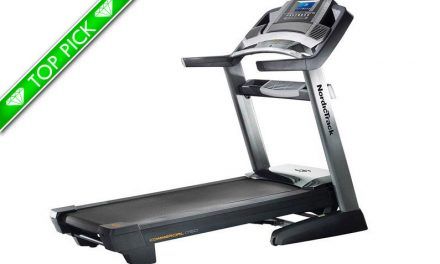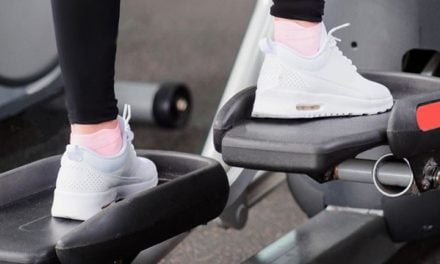Who doesn’t like bikes? They’re fun and effective. Just hop on and start peddling.
Ok, maybe there’s a bit more to it but you get the idea … just increase the resistance as you progress.
Some of the best stationary bikes provide the safest and easiest way to exercise.
Not to mention the fact that they have the least impact on the joints. For this reason, you’ll find that they are also commonly used for in home rehabilitation and physical therapy.
Stationary bikes have been proven to simultaneously target the legs, hips, abdomen, heart, and buttocks. Use the dual action models and you can also work you arms.
Just 20 to 30 minutes a day is all you really need.
Don’t have 30 minutes?
Really?
Do you watch TV?
How about reading?
You can do those things while using it … so really, what’s your excuse?
In order to help you find the best stationary bike for your home or office, we’ve put together a short list for your review.
Top 5 Stationary Bikes
| Bike | Brand | Resistance | Price | Rating |
|---|---|---|---|---|
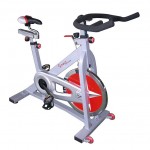 | Sunny Health & Fitness Pro Indoor Cycling | Friction | $$$ | |
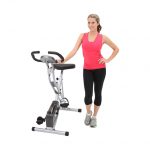 | Exerpeutic Folding Magnetic Upright | Magnetic | $$$ | |
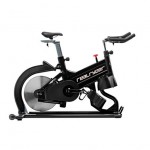 | RealRyder Indoor Cycles | Friction | $$$ | |
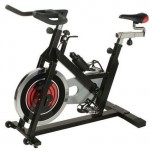 | Phoenix 98623 | Friction | $$$ | |
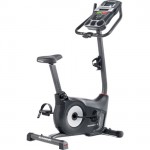 | Schwinn 130 Upright Bike | Magnetic | $$$ |
Types of Stationary Bikes
Over the years, stationary bikes have gone through some changes.
You have your choices of recumbent, upright, indoor cycles, and dual action bikes and a couple other cool methods mentioned at the end of this article.
Each have their advantages and disadvantages but you’ll find that stationary bikes are one of the easiest ways to incorporate cardio into your home fitness routines.
Recumbent Bikes:
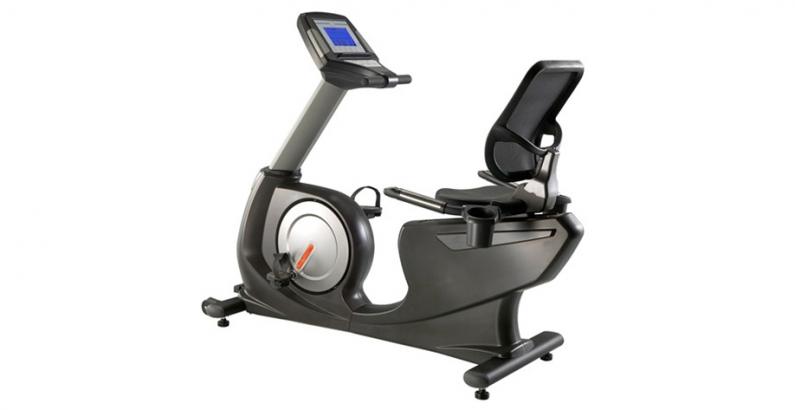
Recumbent bikes are the more ergonomic of the group.
Ever ride in a paddle boat? Same concept.
Unlike traditional bikes, you sit behind the pedals … that makes this type of stationary bike entirely different from others in the following ways:
- Ergonomics – Weight is distributed across the bike more comfortably making it easier for those with back pain or joint problems. Also supports your back.
- Easy on the Joints – There is less pressure on your joints.
- Comfort – Recumbent bikes are much more comfortable than traditional stationary bikes allowing the rider to use the machine longer.
You’ll find that the modern recumbent bicycle has many features.
They have adjustable seats and adjustable arms to suit people of all sizes.
The bikes also come with variable resistance and interval training programmed into the bike.
You can also create custom programs.
Upright Bikes:
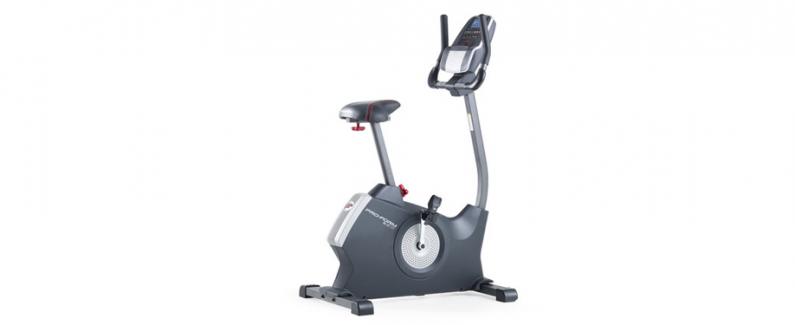
Chances are you’ve already ridden one of these … the most common of the stationary bikes … Upright bikes.
These were, at one point, one of the more popular of the group due to its similarity to regular bikes.
If you’ve used one of these, you will have noticed the following:
- Position – The rider is seated above the pedals and the handlebars are in front.
- Comfort – Seats are adjustable and are a bit wider than a regular bike for added comfort.
- Console/Display – Most if not all now come with led console, preset workout programs, heart rate monitors (wouldn’t rely too heavily on this feature), and a few other options depending on the manufacturer.
Interval workouts seem to be the most effective with upright bikes.
You can set the resistance manually or use one of the preset workouts.
Indoor Cycles:
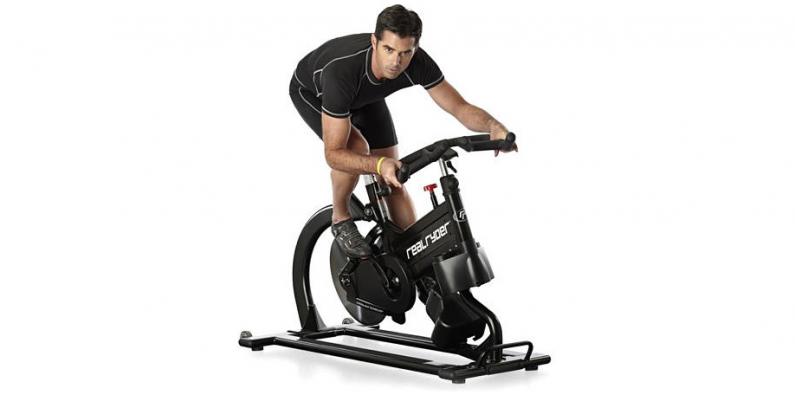
Loud music …
Fast pace …
Lost of energy …
And lots and lots of sweat …
That’s indoor cycling.
You’ve probably seen these indoor bikes being used during the vigorous cycling classes at the gym.
Unlike upright bikes, indoor cycles or what some refer to as Spin bikes, were built to simulate the experience of a real bike.
Other important features are:
- Position – Rider leans forward more and the seats are more narrow.
- No Console/Display – Most indoor cycles don’t have displays or preset functions.
- Design – They have a weighted flywheel and there are new designs that tilt to simulate cyclists leaning.
- Resistance – Resistance is controlled through a knob or lever on or around the handlebar.
Most indoor cycles don’t have the preset functions or LED displays like other stationary bikes that help riders monitor their progress. Instead you’ll have to create or follow a routine provided by someone.
Another differentiating factor is that, unlike other stationary bikes, indoor cycles don’t stop when you stop pedaling. The inertia of the flywheel keeps the pedals spinning but can be stopped through a hand brake.
It’s important to apply some resistance, otherwise you’re not gaining any of the benefits from the bike.
Dual Action Bikes:

Whatever you can think of doing with a stationary bike, they probably have invented.
Dual action bikes are literally what the name implies … a bike with dual action.
You’ll find upright and recumbent bikes with dual action features.
Uprights with rotating handles similar to ellipticals, recumbent bikes with rowing features, and this one is a little odd to us but there are even some that have handles that turn like the pedals.
The only complaint we’ve heard regarding these type of bikes is the fact that most don’t have the digital displays or a place to hold books.
But if you have a TV setup in your gym, you should be fine.
Other Bikes:
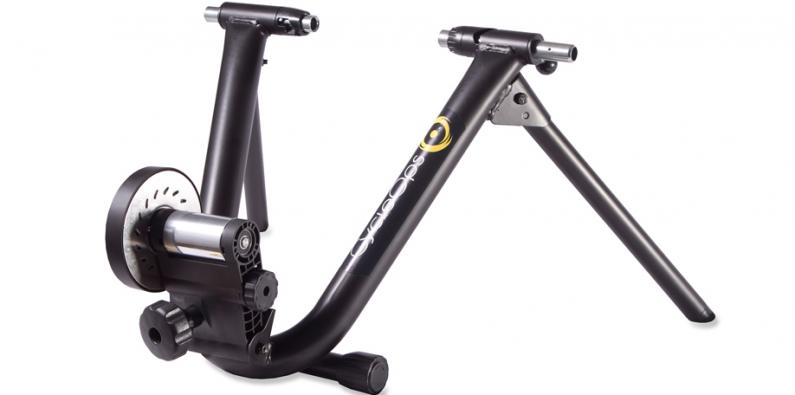
Already own an outdoor bike?
Did you know that you can use it as an indoor exercise bike?
There are tools you can use that attach to your bike that will allow you to use it indoors.
The most common tool to use are the trainers. You secure the back tire of the bike onto the trainer and adjust the resistance accordingly.
This may not be ideal for some but will save you money if you can’t afford a decent stationary bike.


